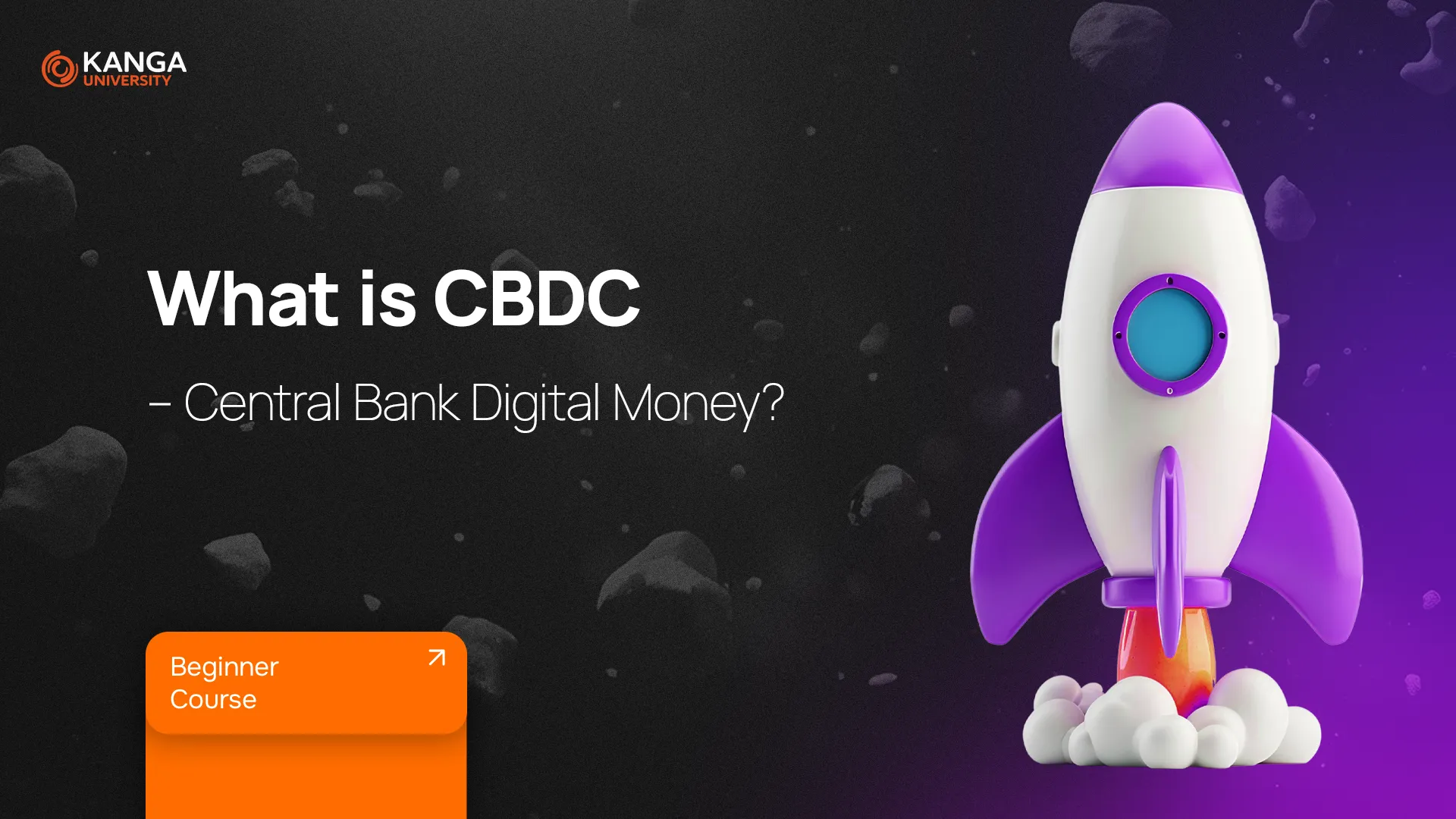
Welcome! Today we’re discussing one of the hottest topics in the world of finance – Central Bank Digital Currencies (CBDC). As money becomes more digital and cash gradually gives way to electronic solutions, central banks around the globe are considering launching their own digital currencies. These innovations could revolutionize the way we make payments and store value. In this lesson, you’ll learn what CBDCs are, their advantages and challenges, and the potential impact on our financial system.
What Is CBDC – Central Bank Digital Currency?
CBDC stands for “Central Bank Digital Currency.” It represents the digital version of a country’s national currency, issued and controlled by the central bank. Unlike traditional cash, CBDCs exist solely in electronic form. For example, 10 pounds in paper money holds the same value as 10 pounds in digital currency, but the digital version can be used for fast and secure electronic transactions.
How Does CBDC Work?
A central bank digital currency operates by storing funds electronically. Instead of using cash or traditional payment cards, users make transactions through electronic transfers or digital tokens that can be held on smartphones, prepaid cards, or digital wallets. Central banks are responsible for issuing, managing, and ensuring the security of these currencies, guaranteeing that the digital money remains stable and protected against misuse.
Advantages of CBDC
CBDCs offer several benefits, including:
-
Privacy and Security:
CBDCs are designed with user data protection in mind. Modern technologies are employed to secure transactions and ensure that financial data remains confidential. -
Lower Volatility:
Unlike private cryptocurrencies such as Bitcoin or Ethereum, CBDCs are tied to the country’s official currency, which makes them less prone to drastic price fluctuations. -
Transaction Transparency:
Digital payments enable better tracking of money flows, which can help reduce financial crimes such as money laundering or terrorism financing.
Disadvantages of CBDC
Despite their benefits, central bank digital currencies also face some challenges:
-
Risk to Privacy:
Using CBDCs requires sharing personal data with central banks. Concentrating a large amount of sensitive information in one place could attract cybercriminals. -
Technical Issues:
A failure in the payment system or an error in the technological infrastructure could prevent transactions from taking place, potentially leading to severe consequences. -
Lack of Public Trust:
Not all users are comfortable handing over their financial data to central authorities. Concerns about excessive surveillance may result in resistance to adopting CBDCs.
Global Approach to CBDC
According to the Atlantic Council’s Central Bank Digital Currency Tracker, over 100 countries are exploring the possibility of introducing CBDCs. Some nations, such as Nigeria, China, Jamaica, and the Bahamas, have already moved into the adoption phase, while others are still weighing the benefits and risks. Central banks must develop the necessary technological infrastructure and legal frameworks to safely implement CBDCs in their markets.
Summary
Central Bank Digital Currencies (CBDCs) represent a new era in how we think about money. They offer enhanced security, stability, and transaction transparency, but also bring challenges related to privacy, cybersecurity, and public trust. As technological advancements and regulatory changes continue to evolve, the future of CBDCs will depend on how well central banks and society address these challenges.